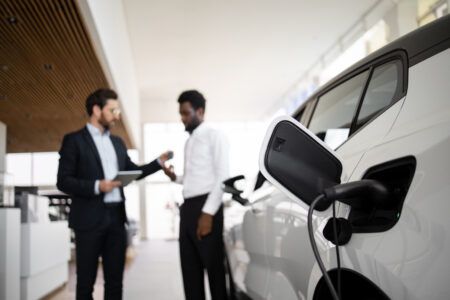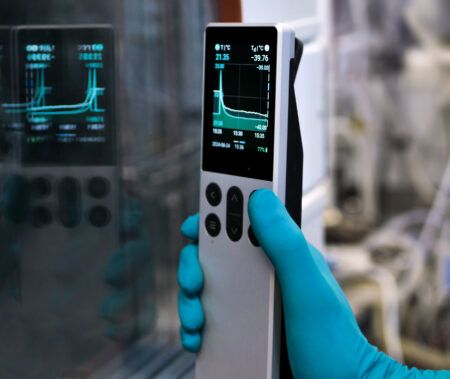The battery industry is predicted to grow to an industry worth between US$50bn and US$200bn a year by the end of the next decade, and battery packs are set to replace IC engines as the most expensive part of the vehicle. So it’s not surprising that competition is growing to attract the investment of major cell manufacturers. Tesla is building the Gigafactory in California in partnership with Panasonic, but there are a host of battery factories being built elsewhere – such as Samsung’s in Hungary and LG Chem’s in Poland – which will create the supply and could be scaled up quickly if vehicle demand increases as expected. To that end, AESC, LG Chem, Samsung and Panasonic, the giants who dominate the battery industry, are investing in strategic partnerships around the world.
There has been a realization that the economics of batteries are driven by scale. Ten years ago, many road maps assumed progress from hybrids to plug-in hybrids and eventually battery electric vehicles, or perhaps a leapfrog
to fuel cells. However, engineers realized that battery electric vehicles are actually the easiest application – the huge packs mean the cells last a long time (as they are not stressed) and fewer vehicles constitute enough demand to justify investment in scaling up cell manufacturing.
High-performance cars like the Tesla and the BMW i8 generate the most hype, but electric buses are probably already a bigger market in terms of demand for cells, particularly in China. The effect this has had on the price of cells has been dramatic, and could see cell costs fall below the US$100/kWh barrier for large volumes
in a few years. The transition seems well underway.
Many countries are positioning themselves to be at the forefront of this opportunity. I was at a battery conference in Aachen, Germany, a few months ago where Kai Vuorilehto from EAS highlighted that Germany had invested a lot in cell development yet still had no significant indigenous cell manufacturing. He suggested that the country should focus on more profitable high-quality manufacturing and systems engineering. This would create demand for cells, attracting inward investment to counter the uneconomic shipping of large numbers of cells or packs. Germany’s car makers have been doing this for a while.
In March 2017, the UK announced investment of £246m (US$318m) into battery technology over the next four years – peanuts compared with the US$5bn for a Gigafactory, but the hope is to nurture the seeds of a large future battery industry. China started investing in batteries a long time ago and is now going head-to-head with South Korea and Japan.
It’s probably too late for Europe and the USA to make a similar move into existing cell technology – better to focus, as Vuorilehto suggests, on attracting investment from the international battery companies. For next-generation battery chemistries, however, the playing field might be more level.
Failure to do anything could lead to countries losing a large percentage of their advanced manufacturing industries when the last combustion engine-powered vehicle rolls off the production line. Although that might be 10 or 20 years in the future, laying the foundations for what will replace them must start soon, as it will only get more expensive to join the club. Batteries are going to be a key distinguishing feature of future advanced economies, and attracting this international investment is going to become a cut-throat geopolitical game – if it hasn’t already.
Submitted by Greg Offer, a senior lecturer in mechanical engineering at Imperial College London. His research focuses on fuel cell, battery and supercapacitor technologies, mainly in transport





